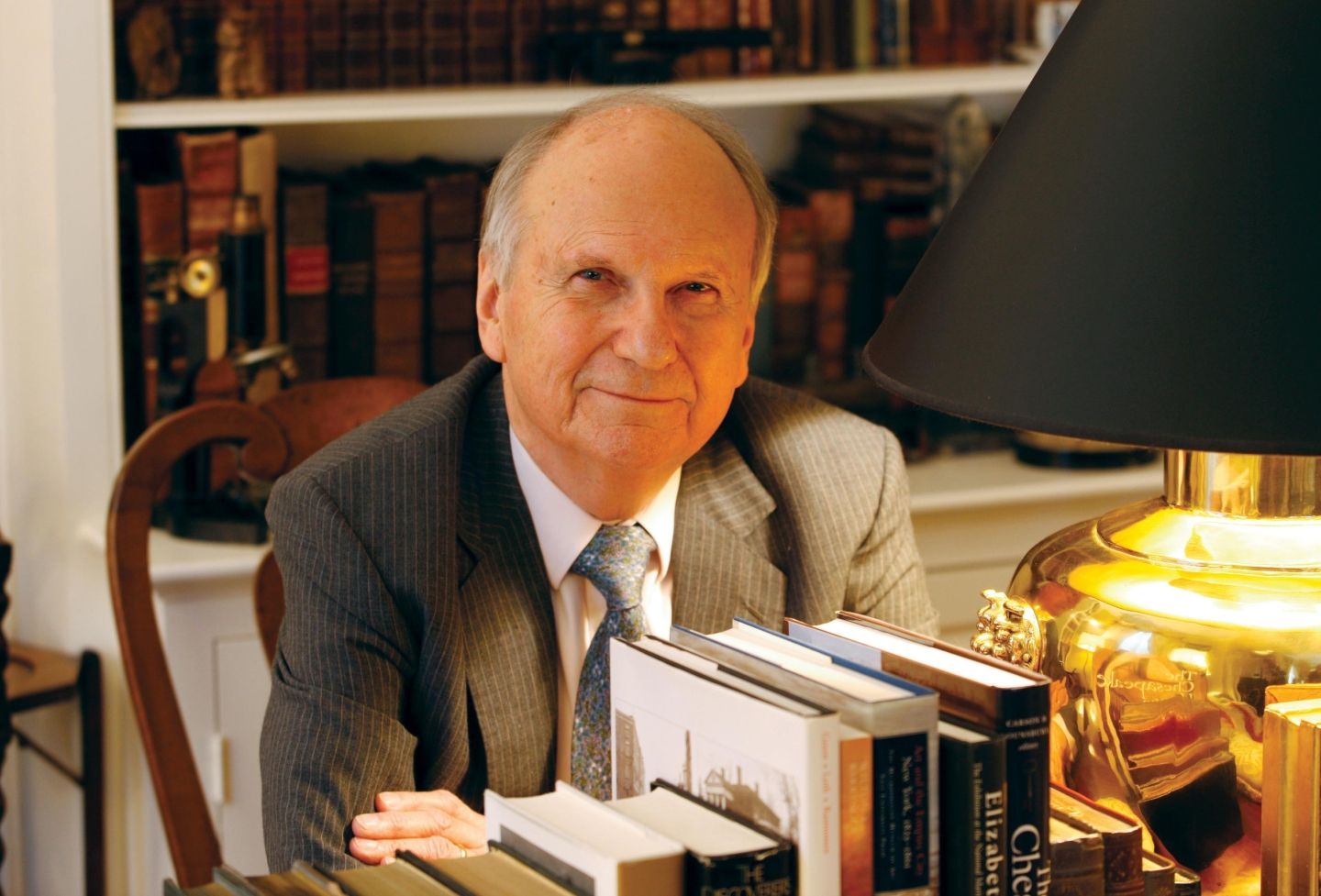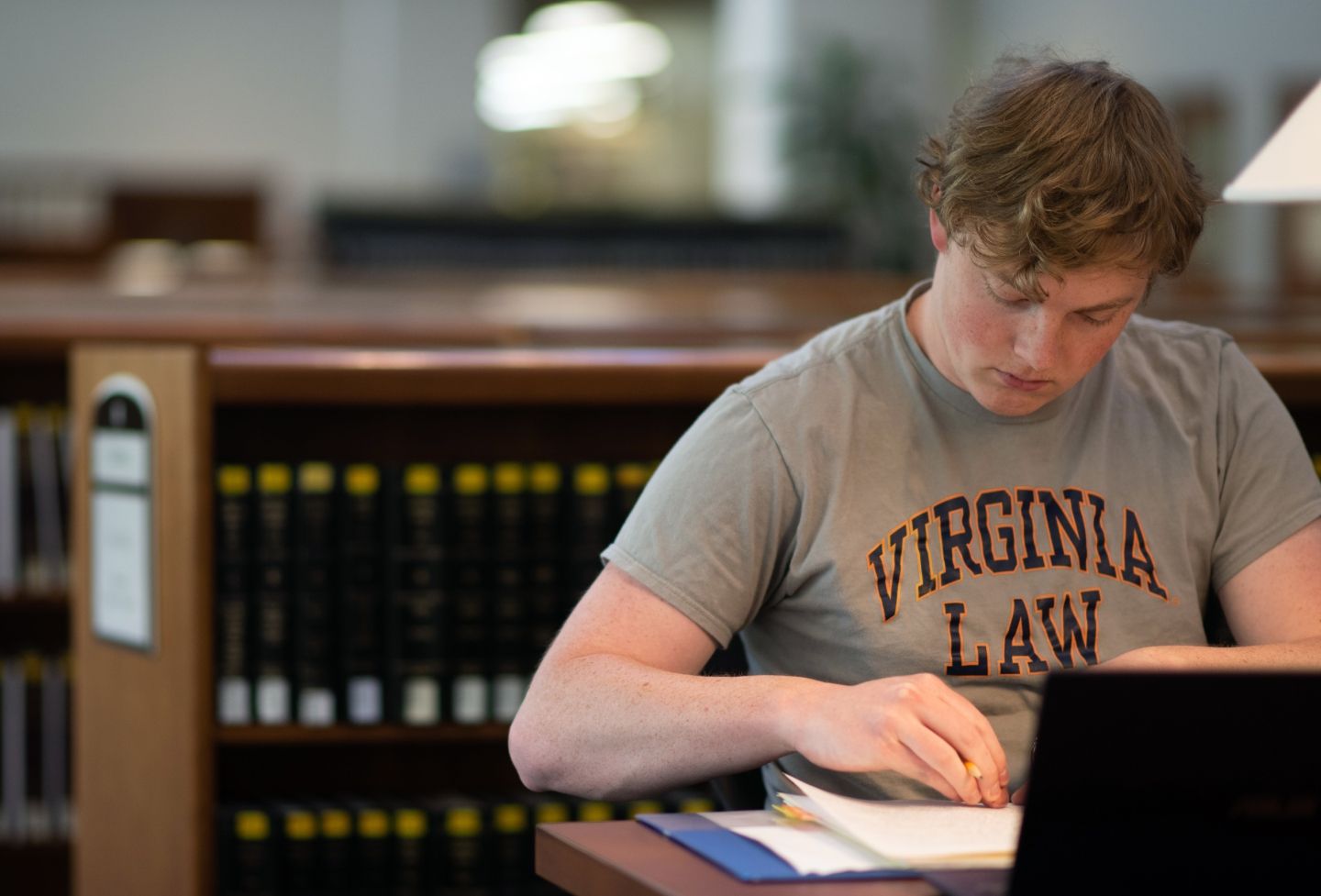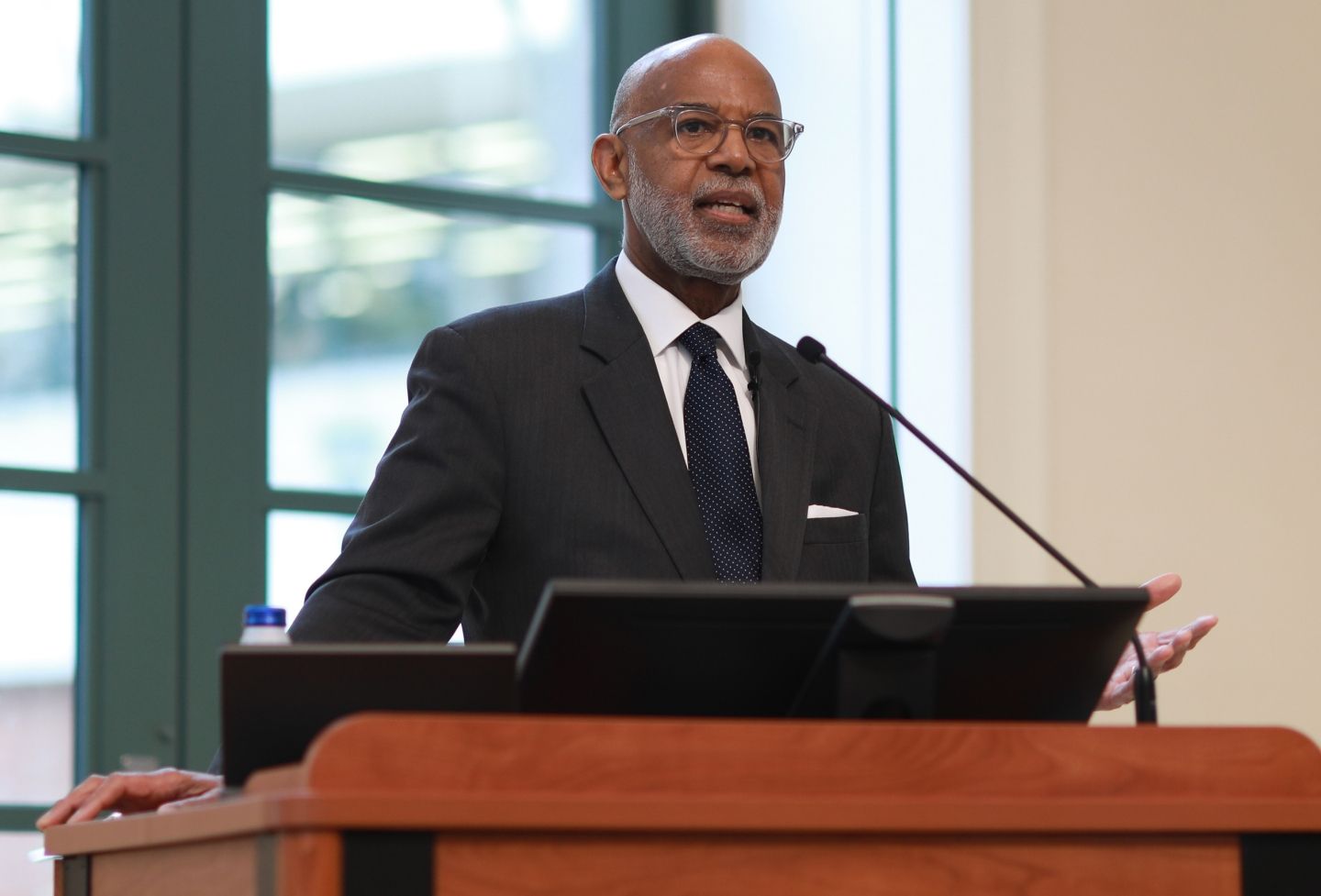Two experts on the late Justice Ruth Bader Ginsburg are teaching a January term course at the University of Virginia School of Law on key aspects of the justice’s life and career as a way of contemplating her legacy.
“The Supreme Court: Before, During, and After Ruth Bader Ginsburg” is being presented by Professor Melissa Murray of the New York University School of Law and Slate senior editor Dahlia Lithwick. They are academic fellows of the Karsh Center for Law and Democracy at UVA Law, which is sponsoring the course.
Ginsburg died Sept. 18, and the court shifted to the ideological right with her replacement, Justice Amy Coney Barrett.
“The issues around RBG’s legacy and what Barrett may change felt immediate and urgent, and also as though they hadn’t yet been looked at academically,” said Lithwick, who has written her “Supreme Court Dispatches” and “Jurisprudence” columns for Slate since 1999. “It felt like an opportunity to teach what we were ourselves trying to absorb.”
Monday was the first day of their online course, and Lithwick said students “showed up asking precisely the same questions we have been working through: Why was this fundamentally pretty conservative legal jurist such a radical character, and how does her icon status synch up with her actual history and legacy?”
The short course considers how Ginsburg’s influence helped move the court on questions of gender, equality and liberty, among others. But with such a highly documented figure, is there anything left for students to learn?
“So much!” said Murray, a leading expert in family law, constitutional law and reproductive rights who co-hosts the legal podcast “Strict Scrutiny.” “We’ve only scratched the surface. Indeed, a big part of the class is taking what we do know about her and then looking at what has been less covered and asking why certain aspects of her professional life have been somewhat occluded.”
Lithwick added, “One of the things we are already discovering is that some of the RBG narrative is so well trod, that it tells the same stories over and over, ignores important confounding details and demands a more complicated review. We’re mining some of the good stuff that gets lost in the memes.”
Memes, in fact, helped launch Ginsburg into the pop culture pantheon. In the wake of Ginsburg’s pointed dissent in the 2013 Shelby County v. Holder decision, which rolled back the Voting Rights Act of 1965, New York University law student Shana Knizhnik created the Tumblr account that first anointed “Notorious RBG.”
The course includes some educated speculation on the part of the professors about why Ginsburg decided not to retire early in President Barack Obama’s first term, when a Democrat could have named her replacement. Lithwick and Murray suggest that a combination of factors might have been at play, including what some viewed as a premature departure by Justice Sandra Day O’Connor, the first woman to hold a seat on the Supreme Court. Some speculate that O’Connor was encouraged to leave — perhaps by Chief Justice William Rehnquist himself — after her husband developed Alzheimer’s. In retrospect, she could have been productive on the court for another decade.
Ginsburg, who was the second woman on the court, surely took note, they contend.
“Relatedly, one can only imagine that when someone has fought so hard to get a foot in the door — and succeeded so spectacularly once they’ve achieved insider status — that it can be very hard to relinquish one’s position,” Murray said.
The Law School offers a host of short courses each January, though this term all are being conducted virtually. This year’s courses include Building the Rule of Law, Science and the Courts, Tax Discrimination, and Truth, Lies and Statistics for Lawyers, among others.
Founded in 1819, the University of Virginia School of Law is the second-oldest continuously operating law school in the nation. Consistently ranked among the top law schools, Virginia is a world-renowned training ground for distinguished lawyers and public servants, instilling in them a commitment to leadership, integrity and community service.


